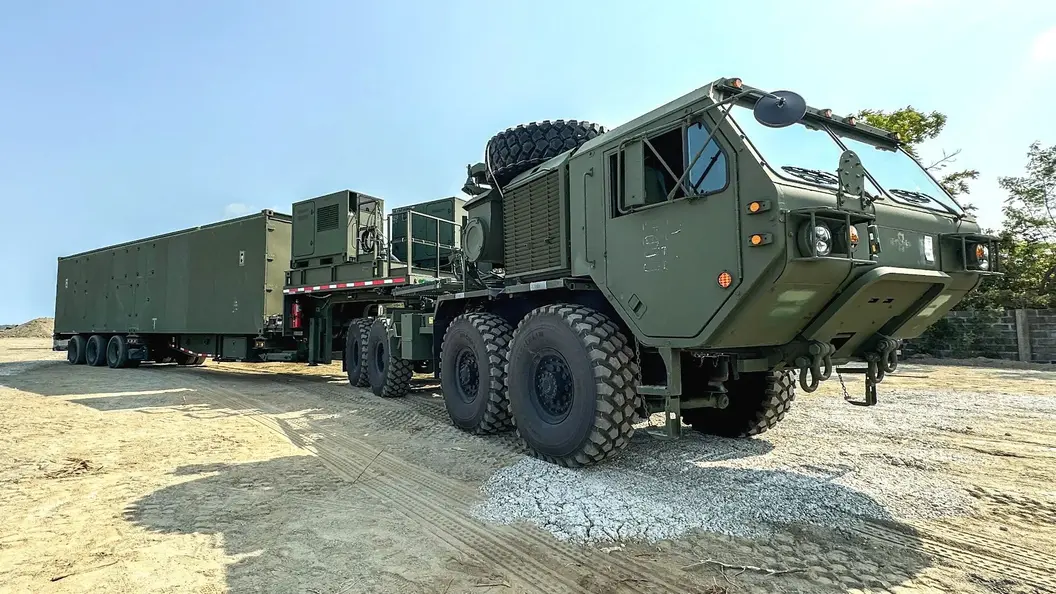For the second consecutive day, Delhi’s air quality remained in the ‘severe’ category on Thursday, with the Air Quality Index (AQI) spiking above 400. The persistent pollution and a thick fog blanket over the city were exacerbated by low wind speeds, which trapped the pollutants over the national capital. Despite this alarming situation, Environment Minister Gopal Rai confirmed that the third phase of the Graded Response Action Plan (GRAP-3) will not be implemented at this time.
On Thursday morning, Delhi’s AQI was recorded at a hazardous 428 at 9 am, marking the worst air quality reading of the season. According to the Central Pollution Control Board (CPCB), 32 of Delhi’s 39 monitoring stations registered AQI levels above 400. High pollution hotspots included Anand Vihar, IGI Airport, Mandir Marg, and Patparganj. This surge in pollution, which saw the AQI rise sharply from 334 the day before, placed Delhi at the top of the list for the worst air quality in the country.
Despite the alarming air quality, Minister Gopal Rai explained that GRAP-3, which would impose stricter restrictions, will not be enacted for now. “We are seeing a sudden spike in pollution, with AQI levels crossing 400 for the first time this season. Meteorologists have attributed this change to a drop in temperature due to snowfall in the mountains, which has led to dry conditions and a thick fog across North India,” Rai said.
Improvement in Air Quality Expected, GRAP-2 Measures in Place
The Environment Minister further explained that, based on weather forecasts, pollution levels are expected to improve from Friday. Therefore, the Delhi government has decided against implementing GRAP-3 measures at this time. “We are urging citizens to follow the guidelines under GRAP-2 to prevent further deterioration of air quality. If the AQI enters the ‘severe’ category again, we will take necessary action and collaborate with the public to reduce pollution levels,” Rai stated.
The government has instructed authorities to enforce measures under GRAP-2, which includes restrictions on construction and industrial activities, as well as a ban on the entry of trucks into Delhi.
Smog and Visibility Issues Persist in the Capital
Delhi’s minimum temperature dipped to a seasonal low of 16.1 degrees Celsius, approximately three degrees above normal for this time of year. This cold weather, combined with the heavy smog, led to reduced visibility, particularly affecting flight operations at IGI Airport. However, by Thursday morning, visibility had improved slightly, with reports indicating a visibility level of 400 meters at 8:30 am.
MUST READ: Mayoral Polls In Delhi After Major Delays; New Mayor To Serve Just 5 Months


















